When is Waterhole: Africa's Animal Oasis on TV?
There are three episodes of Waterhole: Africa's Animal Oasis, airing on BBC Two:
- Episode one: Friday 4 December, 9pm
- Episode two: Friday 11 December, 8pm
- Episode three: Friday 18 December, 8pm
What is Waterhole: Africa's Animal Oasis about?
How can one small water source support so many different species? That’s the question posed by this BBC Two series, which sees Chris Packham and Ella Al-Shamahi embark on an experiment south of the Serengeti.
Filmed in three bursts across a six-month period, the programme follows the construction of an artificial waterhole at Tanzania’s Mwiba Wildlife Reserve, rigged with cameras to monitor the animals that come to drink, hunt and graze nearby.
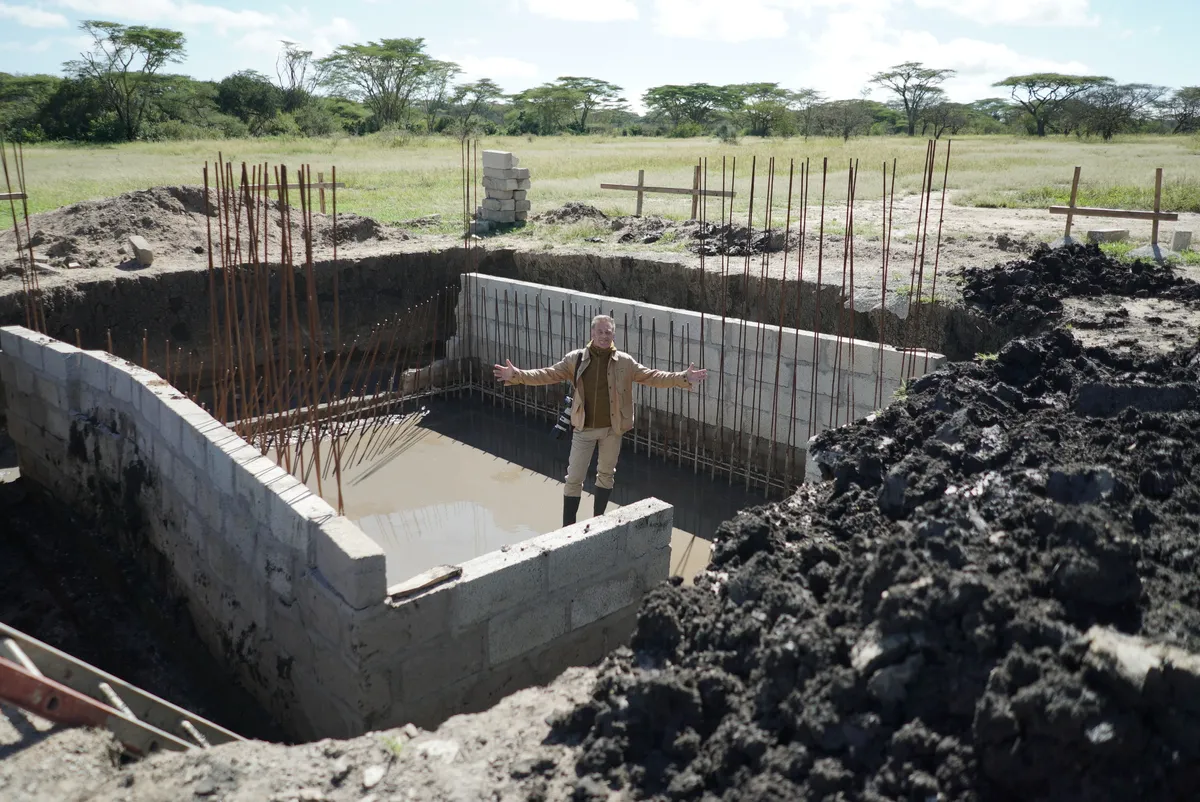
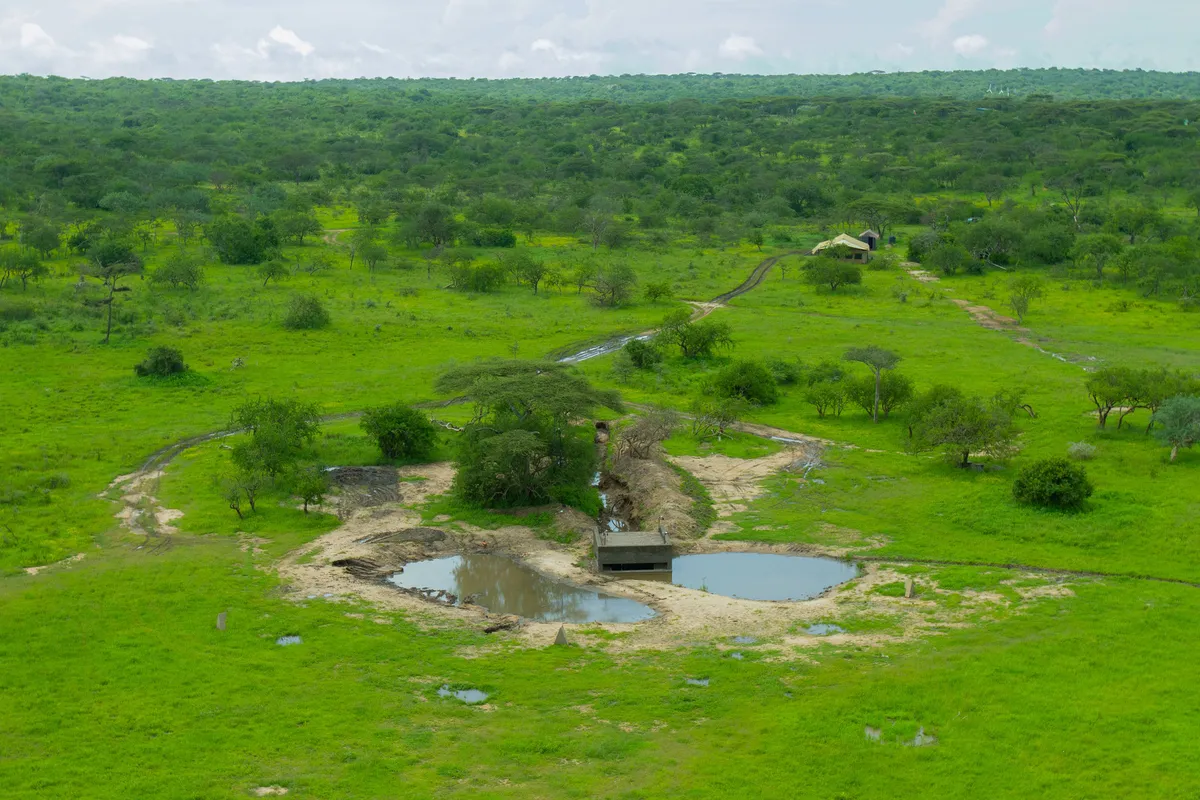
While Chris and Ella have no preconceptions about how popular their creation will be, it’s mere minutes before the site welcomes a band of warthogs – the first of many guests. Overall, it’s entertaining viewing – if you build it, they will come.
Who are the presenters of Waterhole: Africa's Animal Oasis?
The two presenters of Waterhole: Africa's Animal Oasis are:
Chris Packham
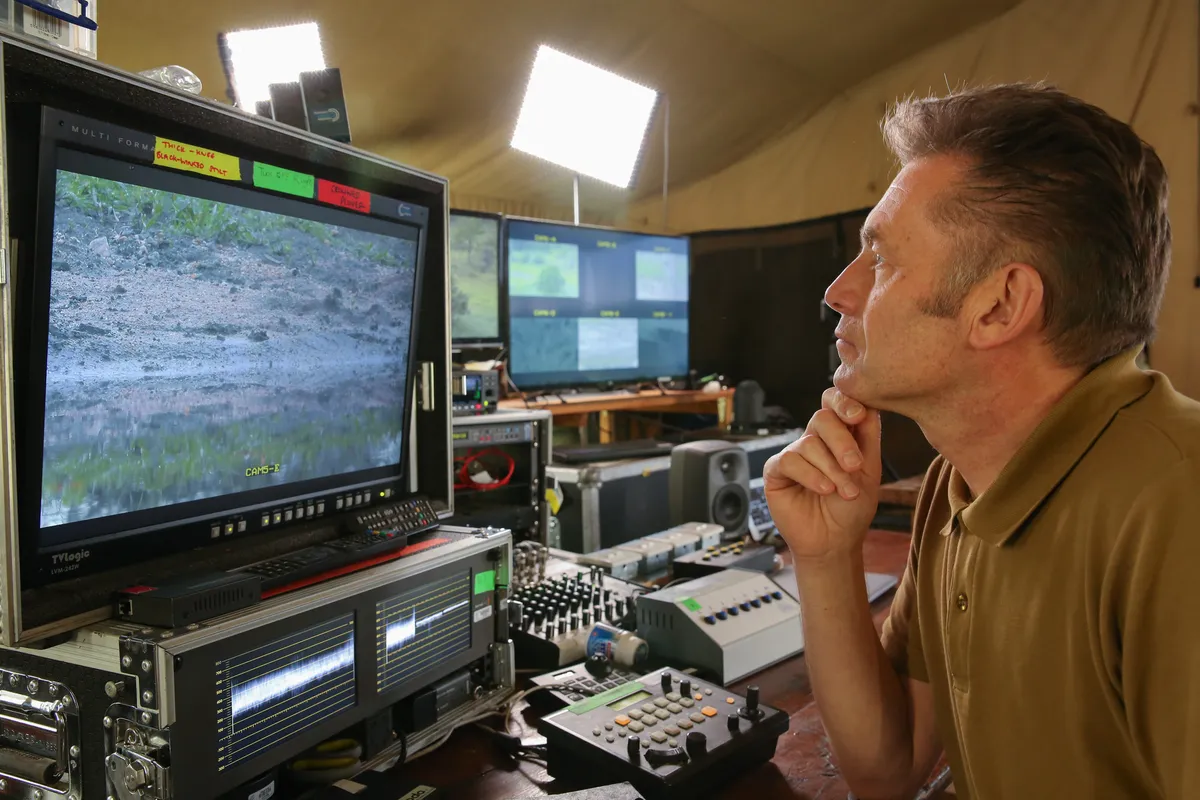
Chris Packham CBE is a naturalist, conservationist and author. He is well-known for his work as a TV presenter, including The Really Wild Show from the mid 1980s to the mid 1990s, and Springwatch programmes (including Autumnwatch and Winterwatch) since 2009.
Ella Al-Shamahi
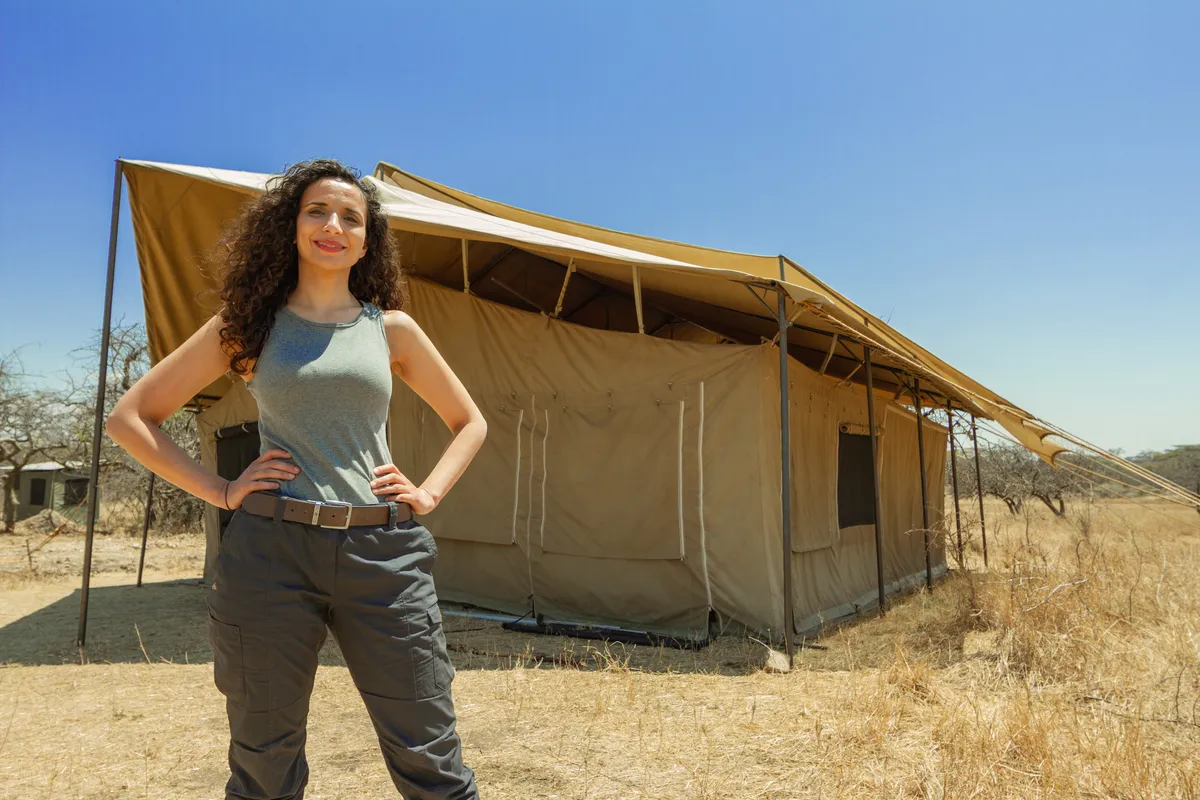
Ella Al-Shamahi is a National Geographic explorer, paleoanthropologist, and evolutionary biologist. She has presented a number of shows, including Neanderthals: Meet Your Ancestors on BBC Two, for which she was also the producer and worked with actor Andy Serkis, and Jungle Mystery: Lost Kingdoms of the Amazon on Channel 4.
Which species will appear in Waterhole: Africa's Animal Oasis?
A variety of African wildlife species will appear in the series, including:
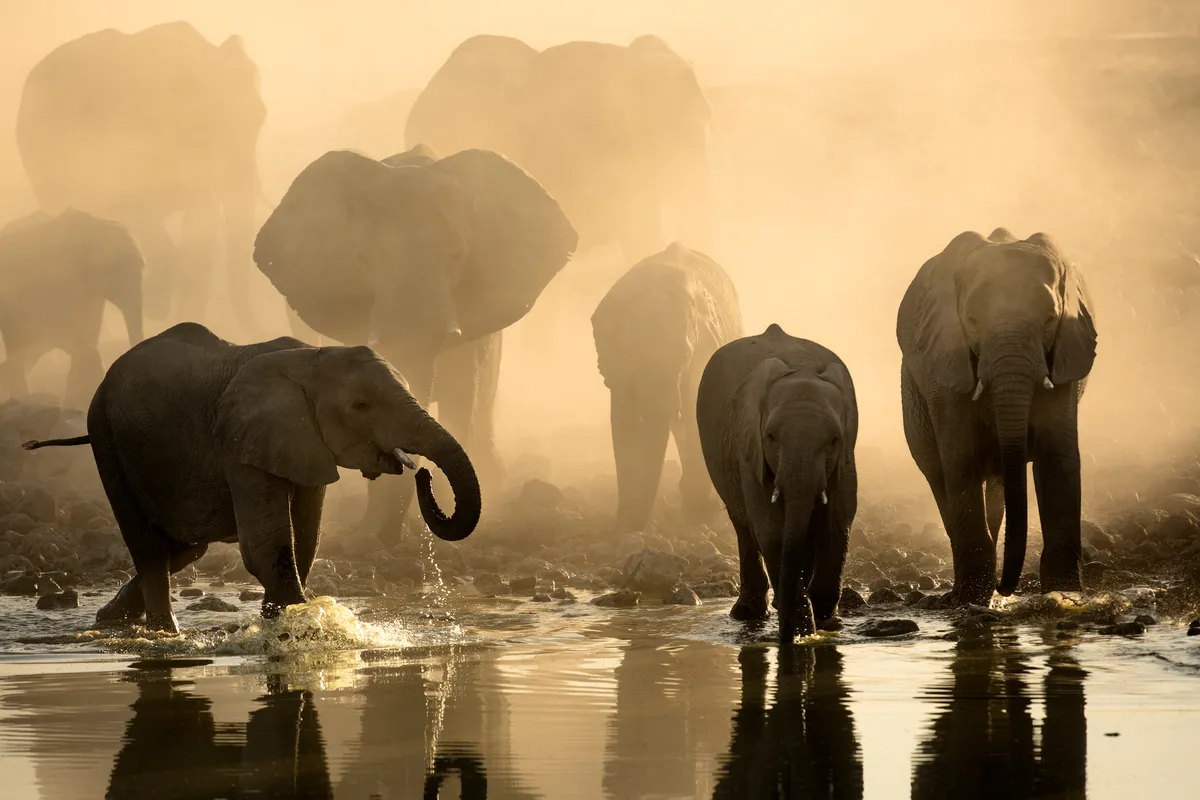
A herd of African elephants come for a drink at dusk. © Shutterstock
2
Leopard
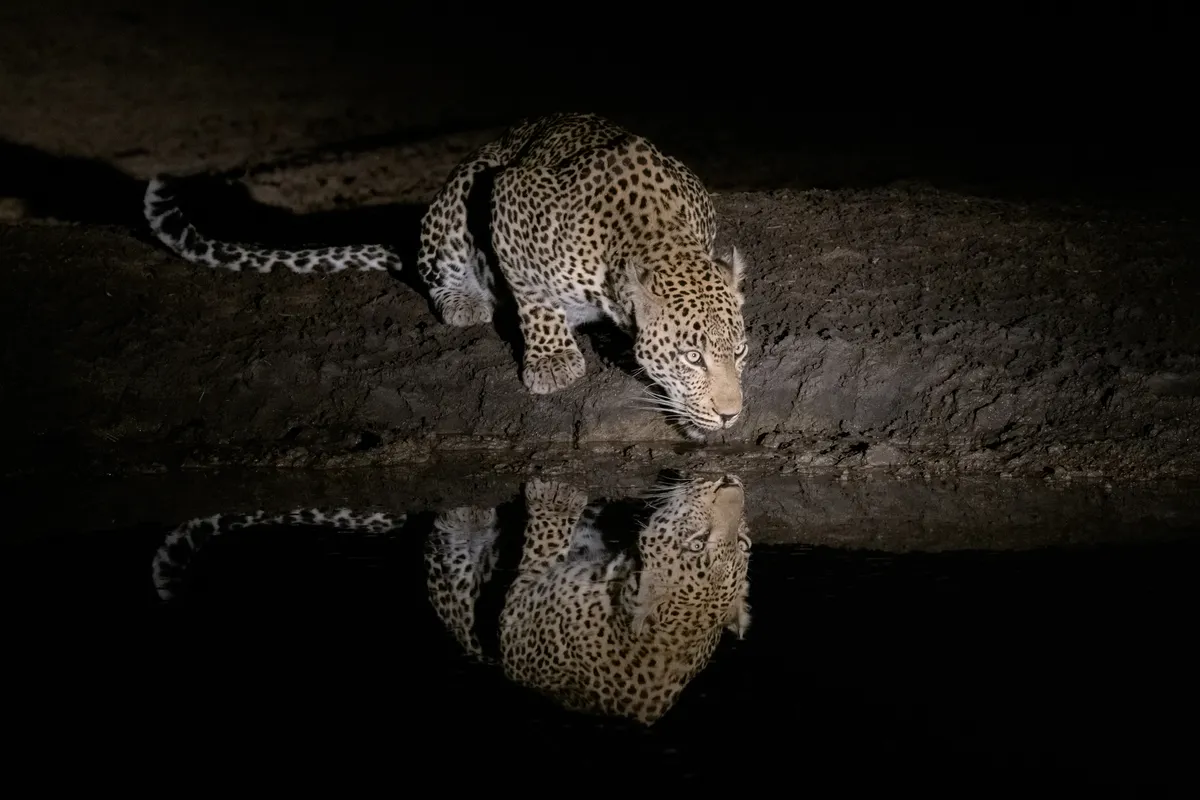
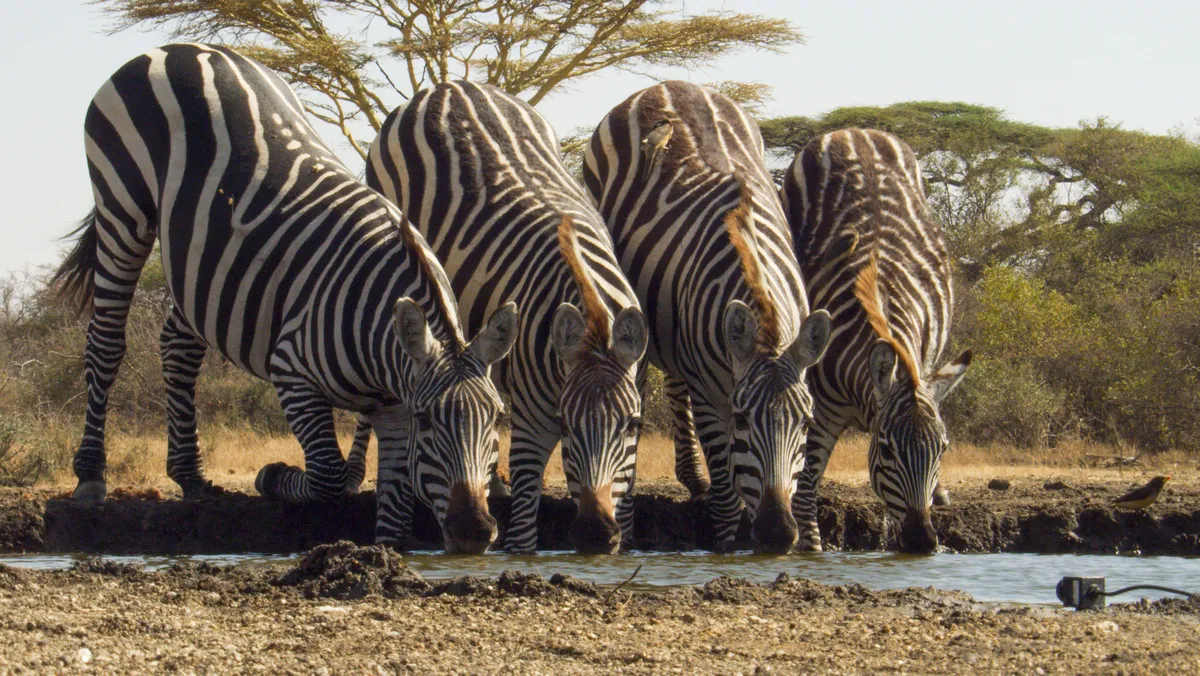
4
Giraffe
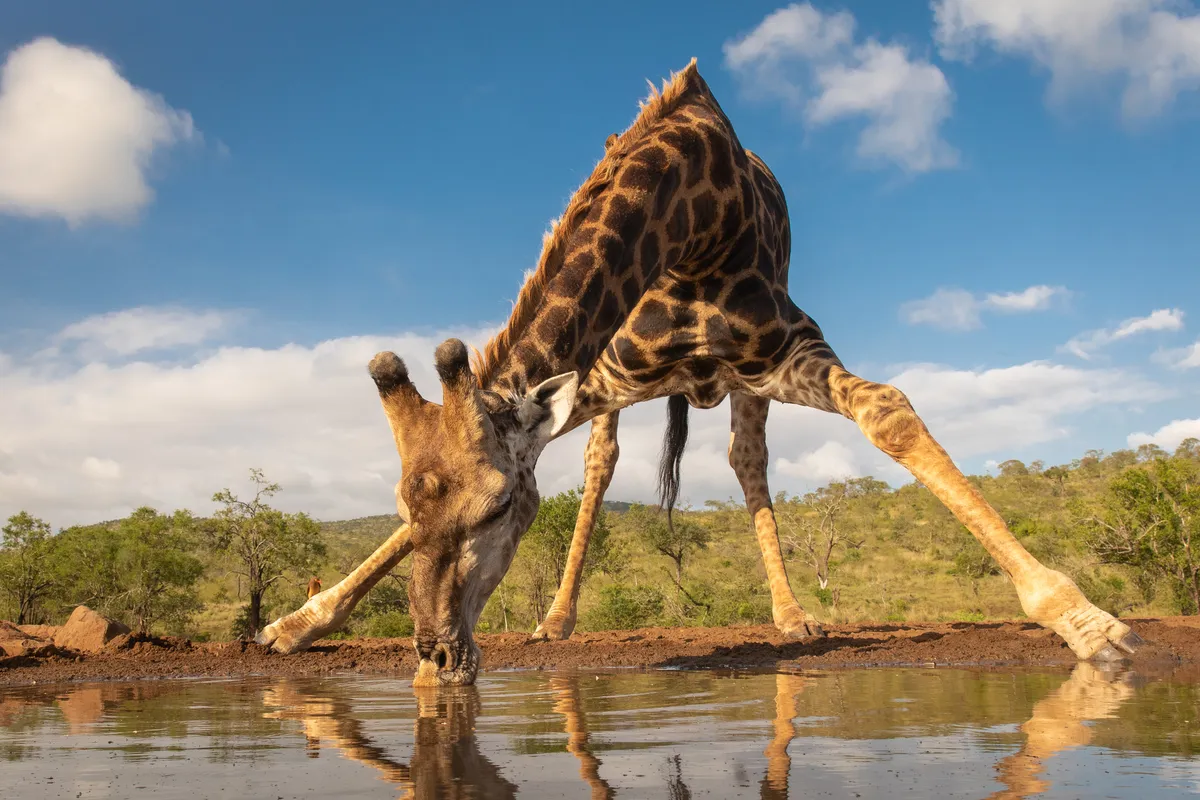
5
Vervet monkey
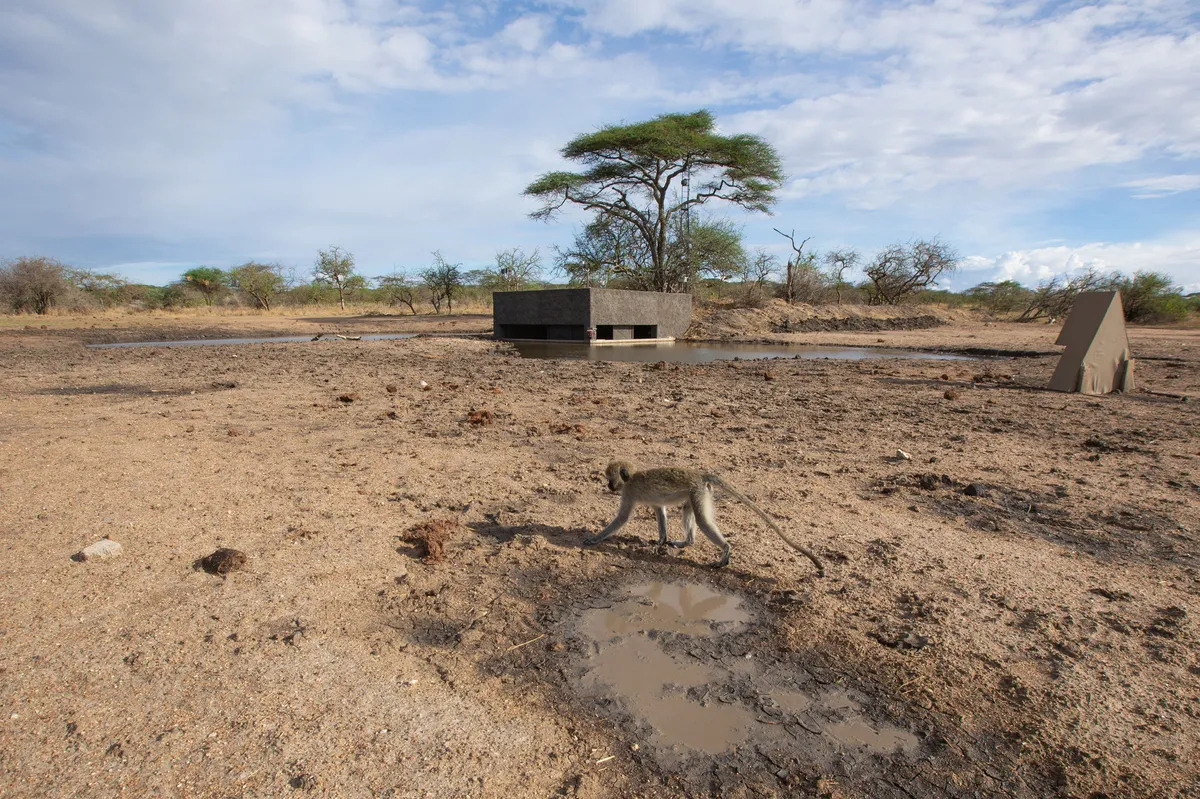
A vervet monkey comes to the Waterhole for a drink in the heat of the day. © Clare Jones/BBC NHU
6
Insects
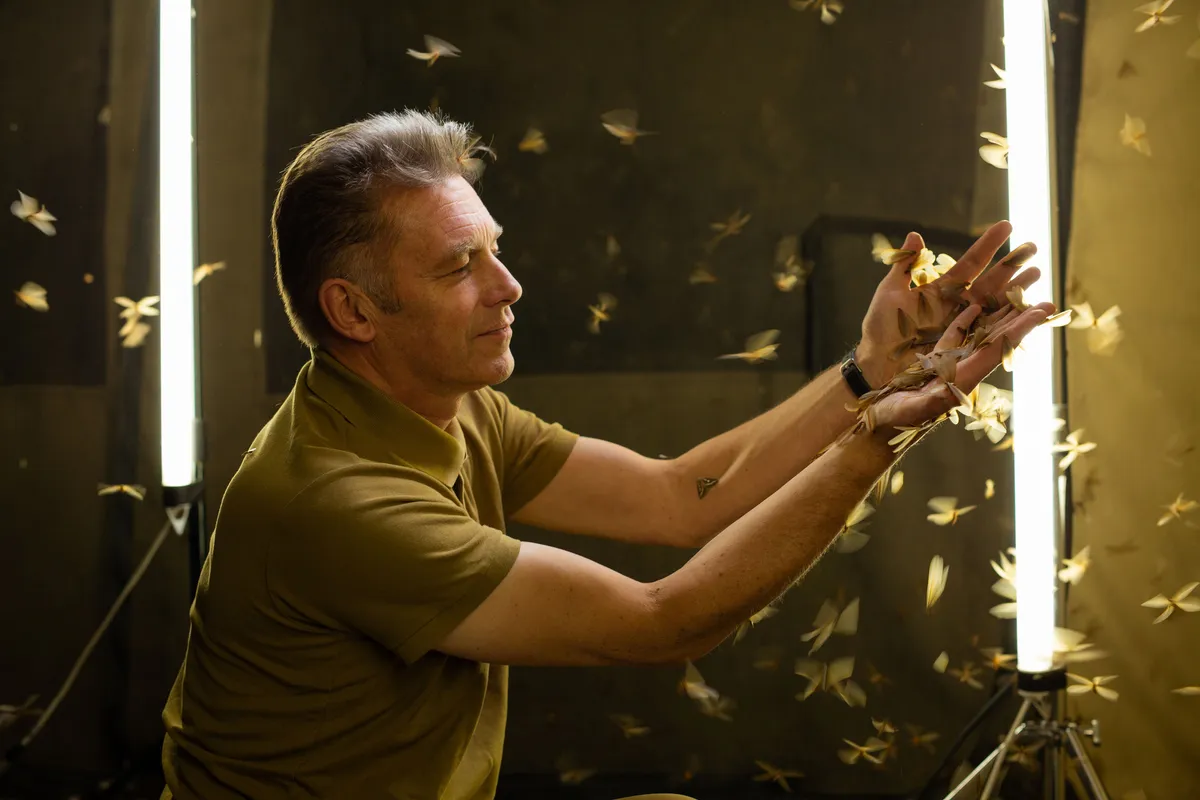
Learn more about insects and invertebrates:
Main image: An African elephant sprays mud over itself to keep cool and protect its skin from the intense African sun. © Isak Pretorius
